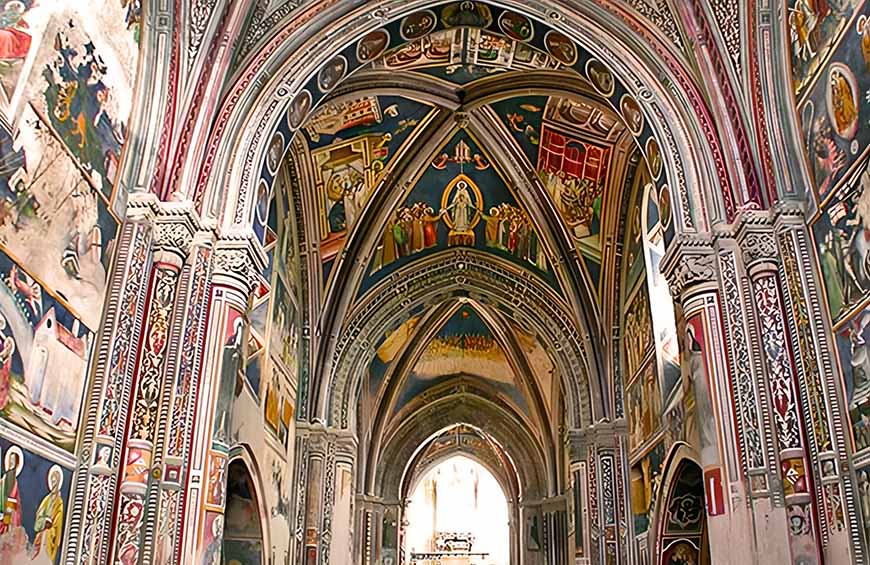
Santa Caterina di Galatina: Un Tesoro Nascosto del Sud Italia
Santa Caterina di Galatina: A Hidden Gem of Southern Italy
Nascosta nel cuore di Galatina
Hidden in the Heart of Galatina
Nella storica cittadina di Galatina, situata nel pittoresco Salento, si trova la Basilica di Santa Caterina d’Alessandria. È sorprendente trovare un tesoro così ben conservato, con affreschi che ricordano lo stile di Giotto, la sua prospettiva e i blu intensi della Cappella degli Scrovegni a Padova e ad Assisi. Eppure, nel “tacco dello stivale” italiano, i visitatori possono ammirare questa gemma costruita nel XIII secolo e decorata nel XIV secolo. Degno di nota è anche il reliquiario che custodisce un dito di Santa Caterina, conservato in un prezioso vaso d’argento.
In the historic town of Galatina, nestled in the picturesque Salento, lies the Basilica of Santa Caterina d’Alessandria. It’s surprising to find such a well-preserved treasure, featuring frescoes reminiscent of Giotto’s style, perspective, and the deep blues of the Scrovegni Chapel in Padua and Assisi. Yet, visitors to Italy’s “heel of the boot” can marvel at this gem built in the 13th century and frescoed in the 14th. Of special note is a relic—a finger of St. Catherine—kept in an ornate silver vessel.
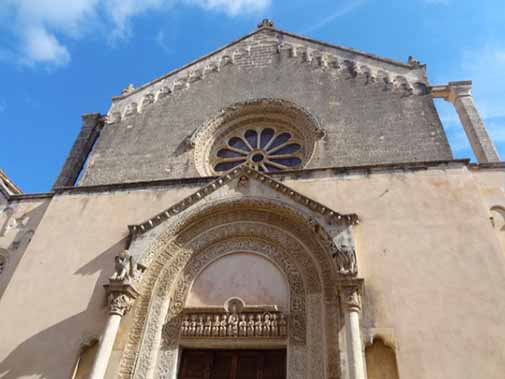
La leggenda di Santa Caterina
The Legend of St. Catherine
Secondo la tradizione, Santa Caterina era una vergine cristiana martirizzata nel IV secolo dall’imperatore pagano Massenzio. Condannata a morte su una ruota dentata, la leggenda narra che il macchinario di tortura si distrusse miracolosamente. Infuriato, Massenzio ordinò la sua decapitazione. Da allora, la ruota è diventata il simbolo iconografico che rappresenta la santa.
According to tradition, St. Catherine was a Christian virgin martyred in the 4th century by the pagan emperor Maxentius. Condemned to death on a spiked wheel, legend says the torture device miraculously broke. Furious, Maxentius ordered her beheading. Ever since, the wheel has been the iconic symbol representing the saint.
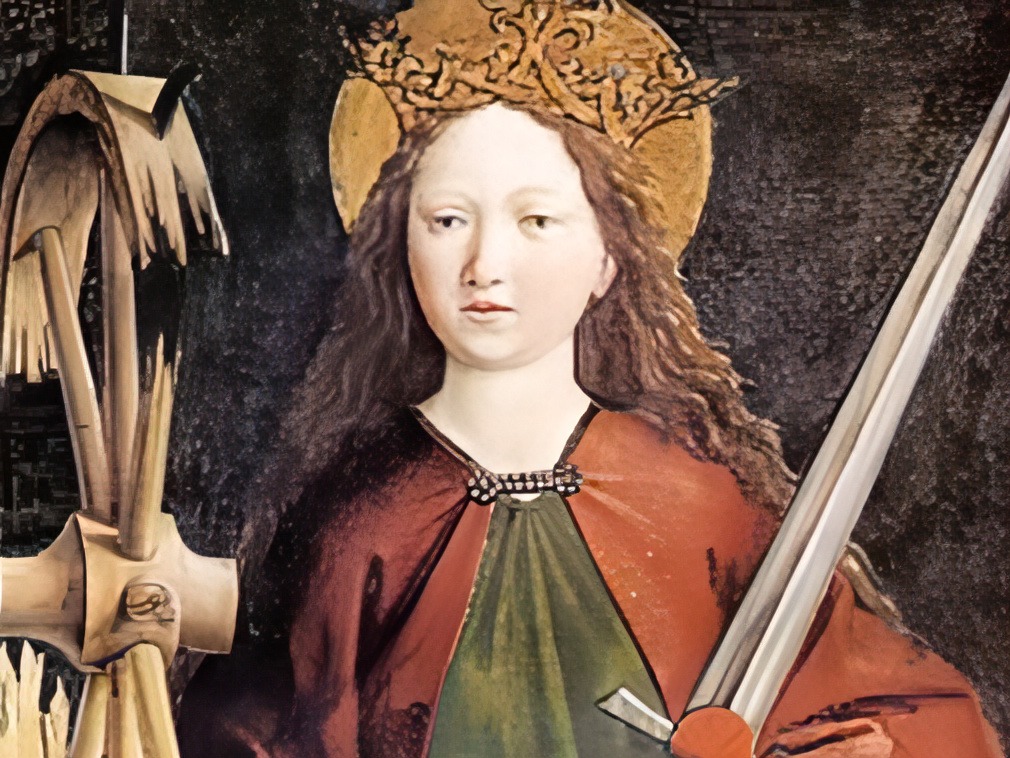
Un dito… rubato!
A Finger… Stolen!
La storia di come Galatina sia diventata la custode del dito di Santa Caterina è altrettanto intrigante. Raimondello Orsini del Balzo, un nobile salentino, durante un pellegrinaggio sul Monte Sinai baciò la mano mummificata della santa… e furtivamente ne staccò un dito con i denti! Nascondendolo in bocca, lo portò a casa. Tuttavia, il karma lo colpì: Raimondello morì prima di completare la costruzione della basilica. Fu sua moglie, la principessa Maria d’Enghien, a terminarne la decorazione.
The tale of how Galatina became the keeper of St. Catherine’s finger is equally intriguing. Raimondello Orsini del Balzo, a Salentine noble, during a pilgrimage to Mount Sinai kissed the saint’s mummified hand… and stealthily bit off a finger! Hiding it in his mouth, he smuggled it home. However, karma struck: Raimondello died before the basilica was completed. His wife, Princess Maria d’Enghien, took on the task of finishing its decoration.
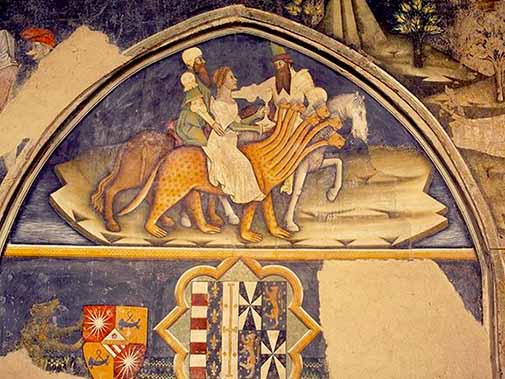
Arte e ambizione
Art and Ambition
Con abbondanza di risorse, Maria d’Enghien fece decorare l’interno della basilica con affreschi coloratissimi che ricoprono ogni superficie, dalle colonne al soffitto. Per ottenere un risultato eccezionale, assunse artisti provenienti da tutta Italia, influenzati dalle scuole di Giotto e Francesco d’Arezzo.
With abundant resources, Maria d’Enghien adorned the basilica’s interior with vibrant frescoes covering every surface, from columns to the ceiling. To achieve extraordinary results, she commissioned artists from across Italy, influenced by the schools of Giotto and Francesco d’Arezzo.
Affreschi e storie di donne forti
Frescoes and Tales of Strong Women
Passeggiando nella basilica, si possono ammirare cicli di affreschi raffiguranti scene bibliche, la vita della Vergine Maria, e quella di Santa Caterina. Vi sono anche rappresentazioni di Santa Agata e Santa Lucia, simboli di forza femminile, un tributo appropriato dato il ruolo della principessa Maria nel progetto.
Strolling through the basilica, visitors can admire fresco cycles depicting biblical scenes, the lives of the Virgin Mary, and St. Catherine. There are also depictions of St. Agatha and St. Lucy, symbols of female strength—a fitting tribute given Princess Maria’s role in the project.
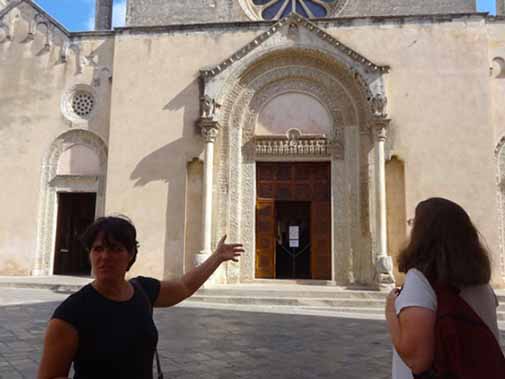
Un gioiello da scoprire
A Jewel to Discover
La prossima volta che visitate Galatina, dopo aver ballato la tarantella, non dimenticate di entrare nella Basilica di Santa Caterina d’Alessandria e ammirare l’Assisi del Sud!
The next time you visit Galatina, after dancing the tarantella, don’t forget to step into the Basilica of Santa Caterina d’Alessandria and marvel at the Assisi of the South!
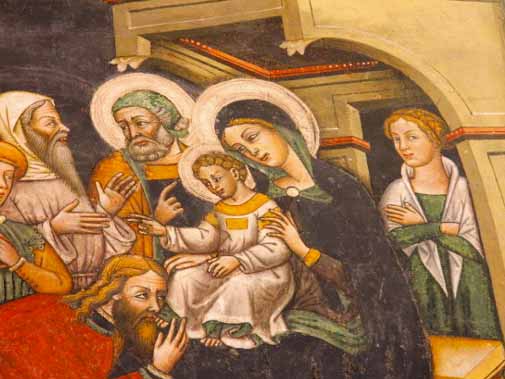

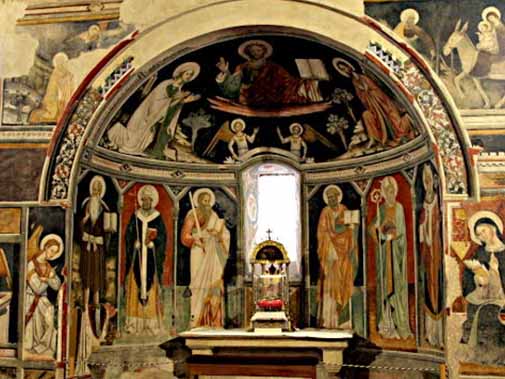
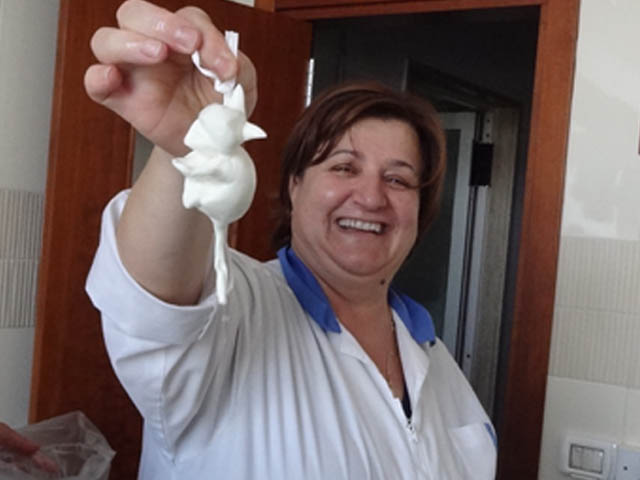
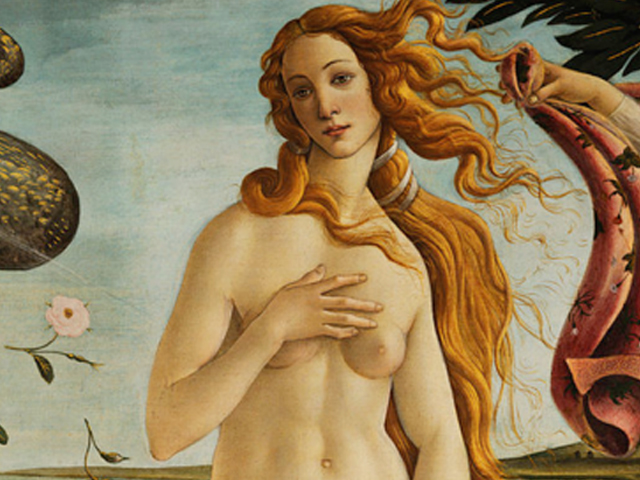
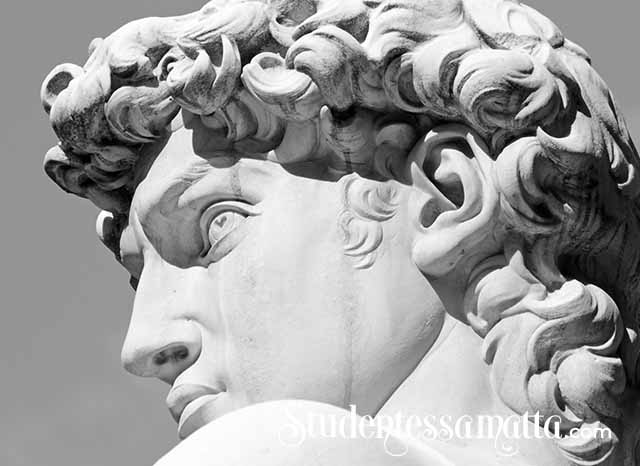
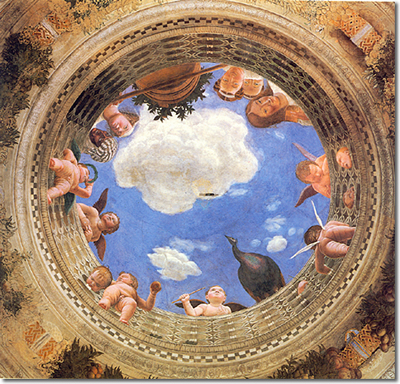
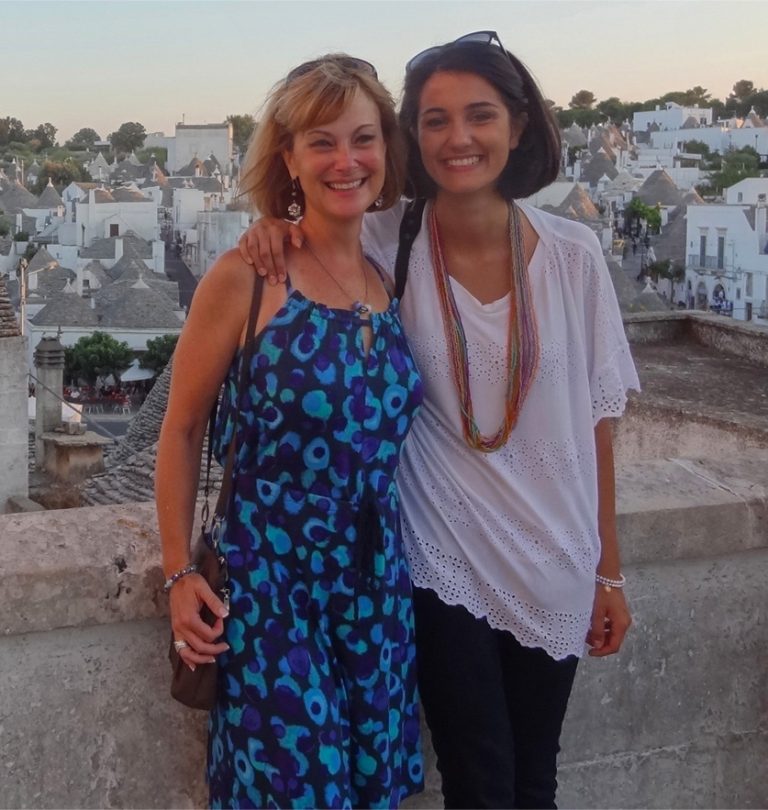
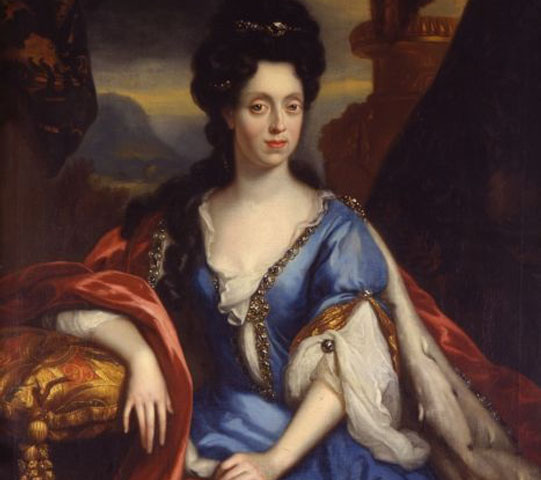





The church is beautiful…I had never heard of it nor traveled in this part of Italy. I am in awe of your Italian in these kinds of descriptions…I make myself read it first, but my eyes always wonder to the English for verification.
Nice work and so interesting! thanks.
Thanks Sharon, it is truly a lovely experience to walk into the church and see all the frescos. I could spend hours and hours just roaming around and looking at each one. Galatina is a pretty little town and my group was treated to a tour by my friend and guide, Angela who also lives there. We drove over from Lecce and stopped in on our way to Gallipoli, where we swam in the sea. It is very easy to get around Puglia and the Salento! Thanks also for your inspiring words about the blog. I’m glad you are enjoying it. I certainly love writing my posts and learn something new (vocabolario!!) also everyday! 🙂
Bell’articolo ,Melissa! Volevo anche commentare l’ultimo verdetto sulla vicenda Amanda Knox:
“She is guilty,she is guilty not, she is guilty,she is guilty not(?)…”
P.S. Buon Anno del Cavallo a te!